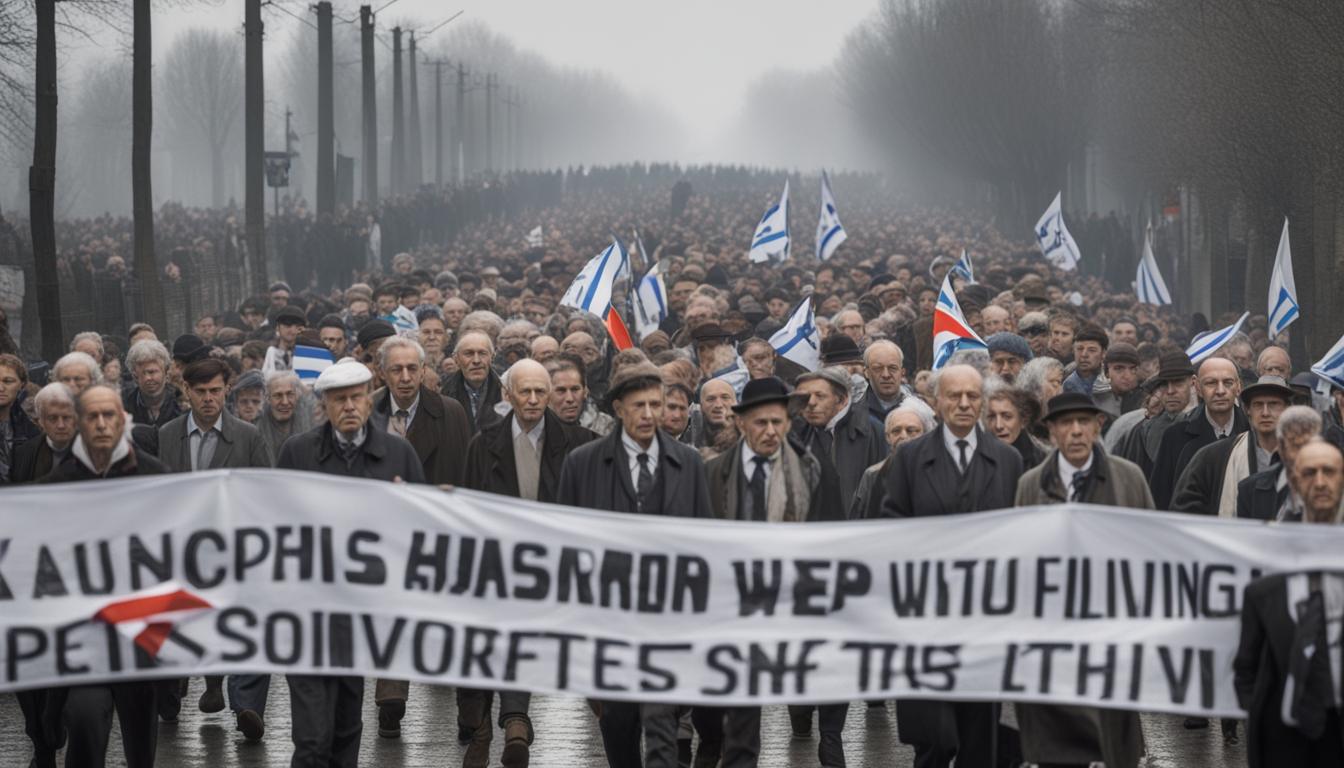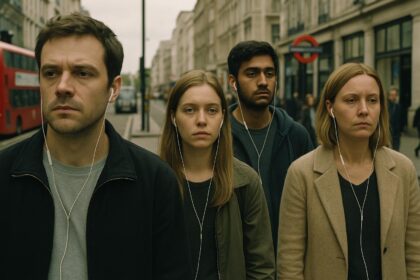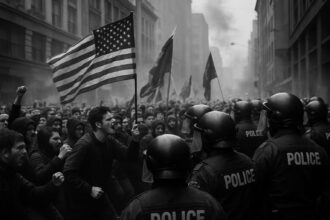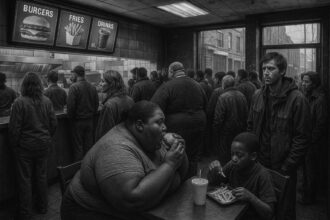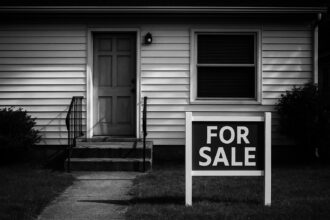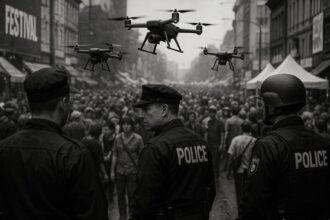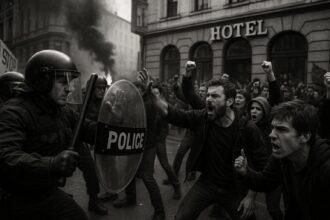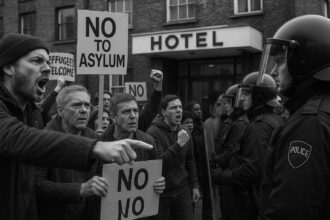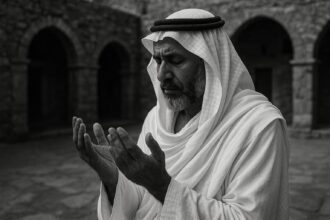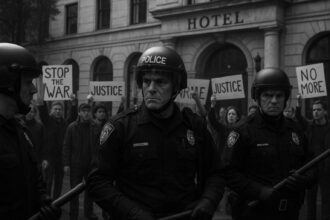On Holocaust Remembrance Day, the annual March of the Living at Auschwitz brought together university presidents, Holocaust survivors, and Israelis amid global protests and heightened tensions between Israel and Hamas.
On Holocaust Remembrance Day, university presidents from the U.S., Holocaust survivors, and many Israelis participated in the annual March of the Living at Auschwitz, Poland. This event, which honors the memory of the 6 million Jews who perished under Nazi Germany, featured a procession from Auschwitz to Birkenau, both former death camps now serving as memorials. The march also celebrated Israel’s statehood but occurred amidst heightened tensions due to recent violent conflicts between Israel and Hamas, which led to significant Palestinian casualties and triggered pro-Palestinian protests globally, including on U.S. campuses.
During the march, these tensions were visible as protesters displayed pro-Palestinian flags along the route. Rabbi Ari Berman and other attendees addressed the themes of hate and antisemitism, particularly condemning the intimidation reported on university campuses. Despite some individuals cancelling their participation due to domestic protests, the march saw a diverse group of leaders from various religious and educational institutions.
One poignant participant was Holocaust survivor Judith Tzamir, who cited the recent Hamas attacks as a catalyst for her attendance—the first since the atrocities occurred. The march also included Israeli hostages who had been recently freed from captivity in Gaza.
In related developments, Jewish students at the University of Sydney in Australia reported feeling unsafe due to an alleged atmosphere of intimidation linked to pro-Palestine campus encampments. Despite 17 formal complaints, no official breaches related to antisemitism were confirmed. However, concerns about safety and harassment persist among the students. The Australasian Union of Jewish Students described this as one of the worst climates they have experienced. Calls for peaceful resolutions and safe, inclusive campus environments continue as community leaders and politicians debate the best course of action.


